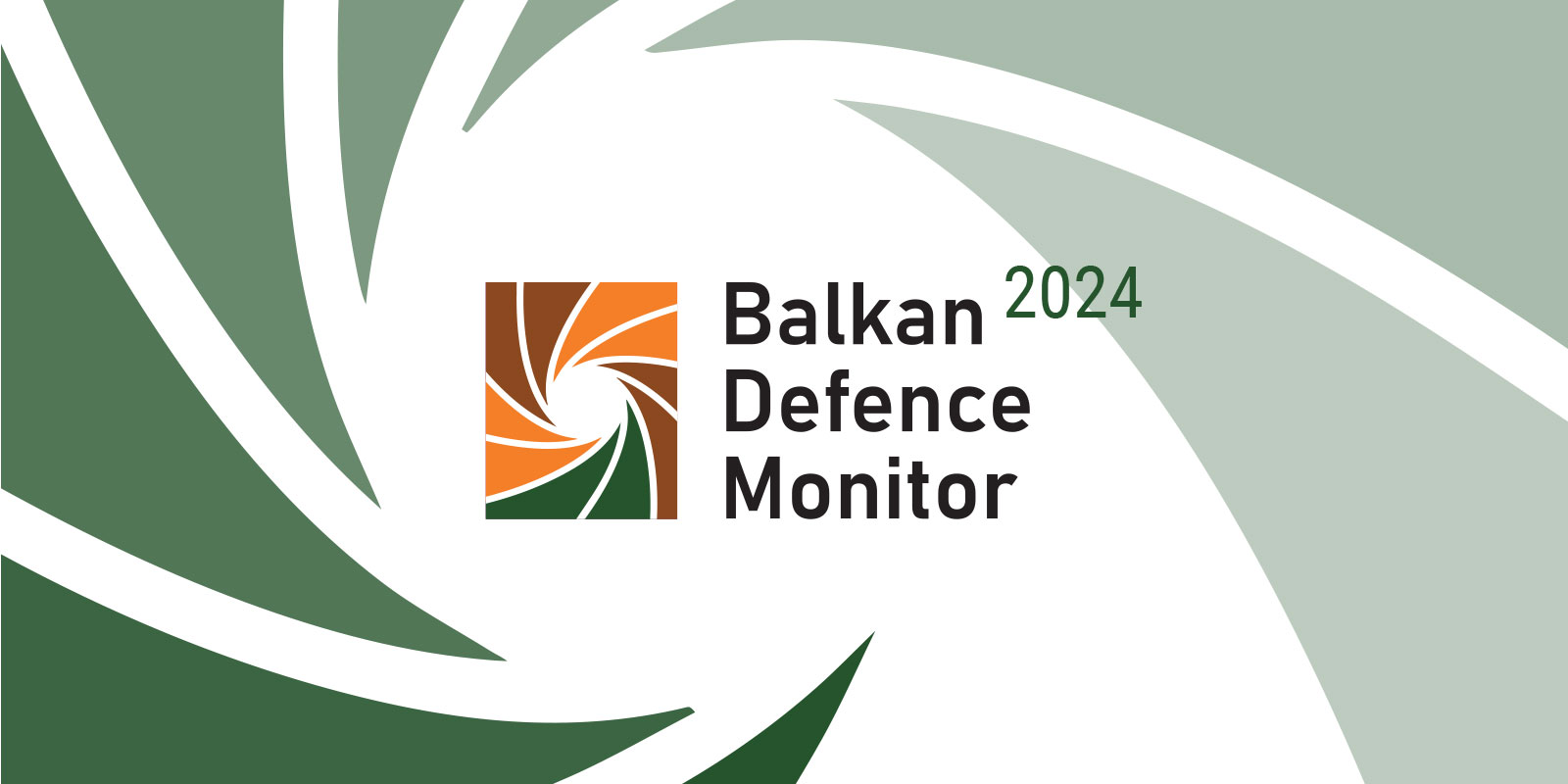PUBLICATION: Working study
Right to free access to information of public importance
How is the right to free access to information of public importance legally regulated, what are the problems in the implementation and what awaits us in the future when it comes to this area, read in the article of the lawyer and member of the Civil Committee for the Protection of Human Rights Defenders and Whistleblowers Rodoljub Sabic.
Although the Law on Free Access to Information is still a very solid instrument for exercising the public’s right to know, i.e. its control over the work of the government, it was clear practically from the very beginning that there was a need to change, supplement and improve it. In the course of 15 years of its implementation, this became increasingly obvious. Unfortunately, the unwillingness of the authorities to respond to this need in an adequate way is equally obvious, and extremely worrying.
In the article, the author wants to draw attention to the numerous problems that have been identified in the fifteen years of the implementation of the Law. Some of them, which are the most striking and whose importance is the greatest are:
- the very large number of requests for access to information and complaints about them,
- the absence of responsibility for violating the law,
- the problem of enforcement of the Commissioner’s decision,
- inconsistency and violation of the unity of the legal order, and
- the attitude of those in power, especially the National Assembly, towards the institution of the Commissioner.
This article is part of a joint effort by the Centre for Research, Transparency and Accountability (CRTA), the National Coalition for Decentralisation (NKD), the Belgrade Centre for Security Policy (BCSP) and Partners for Democratic Change to encourage greater citizen participation in decision-making through the “Citizens Have Power” project, supported by the United States Agency for International Development (USAID). The views expressed in this article are solely those of the authors and do not necessarily reflect those of USAID.
DETAILS
AUTHORS
SHARE
PDF PREVIEW
RELATED

Date: 26.03.2025.
Author: Isidora Stakić |
Human rights defenders are people who act, individually or jointly, to advance human rights and fundamental freedoms and fight for their protection at the local, national and international levels.

Date: 13.06.2024.
Author: Jelena Pejić Nikić | Predrag Petrović |
There are many findings of domestic and foreign research organisations that unequivocally indicate that Serbia is a captured state, with a hybrid political regime. Security institutions play a major role in the capture of the state and the collapse of democracy in Serbia, as well as in preserving the situation the way it is.

Date: 27.02.2024.
Author: Belgrade Centre for Security Policy |
We present you the new Balkan Defence Monitor - independent and comprehensive source of information regarding defence topics in the region.



